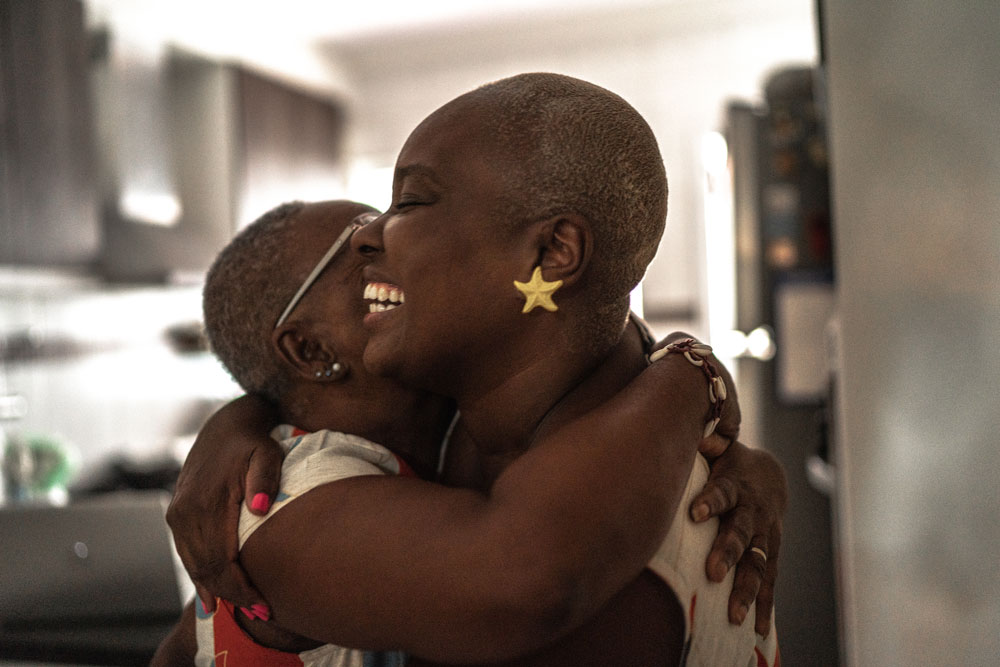The New Frontier of Innovative Therapies: Navigating What's Next
Recent advances in cell and gene therapy research reflect a promising path forward for curative treatments in new therapeutic areas, with the following milestones leading the way:
- A constellation of incremental gains in non-malignant hematology treatments culminating in recent approvals for Zynteglo and HEMGENIX
- More positive news for durable blood cancer treatments
- Significant discussion on how to promote health equity and
- A game-changing discovery in treatment for paroxysmal nocturnal hemoglobinuria
As the pace of activity in cell and gene therapy research accelerates and more therapies come to market, solutions to ensure commercial success, affordability and patient access continue to unfold. During the recent annual American Society of Hematology (ASH) meeting, seven key areas of discussion stood out, framing the challenges and opportunities that lie ahead in 2023 and beyond:
1. New data on gene therapies for blood-based diseases demonstrated how they are one step closer to the future of medicine and in some cases, the likely new standard. On top of this news, the wave of optimism from FDA’s recent approval of bluebird bio’s treatment for beta-thalassemia and CSL’s therapy for hemophilia B is generating far-reaching excitement about the breadth and scope of current research efforts. It is likely that increased funding of and development for gene therapies to treat blood-based disease will increase over the next 12 to 24 months, with certainly more approvals slated for these types of therapies in 2023. Possibly the greatest excitement is that based on clinical trials today, the near-term effects or nearly curative in many if not most cases, and they seem to be durable. This is a critical development, considering durability has been lacking in other therapeutic areas treated with cell and or gene therapies, and thus has currently suffered through diminished likelihood for long-term curative potential, at least for now. Additional benefits of multi-gene therapy as well as precision insertion and controllable expression are all targeted developments that are next on the horizon.
2. Combination therapy is a powerful tool for difficult-to-treat blood cancers. While there was clearly demonstrable, exciting progress in this field with the competitive stakes continually rising, promising therapies presented at ASH included a new group of bispecific antibodies that are being investigated with current standards of care and in combination with each other. From clinical trials in progress, Merck announced the combination of Keytruda and favezelimab provided Hodgkin lymphoma patients a more robust response. Johnson and Johnson presented promising new data for Talquetamab, a bispecific T-cell engager antibody for heavily-pre-treated multiple myeloma patients. Regeneron reported more positive data from its CD20xCD3 bispecific antibody odronextamab from the pivotal ELM-2 study. In a follow-up study involving Lunsumio, Roche lauded the clinically meaningful outcomes on the heels of an FDA approval.
3. Advances in chimeric antigen receptor (CAR)-T therapies provide lifelines for diseases that were long considered as incurable, especially when used as combinatorial therapy with bi-specifics. The challenge of providing reliable and rapid manufacturing persists, while data presented at ASH looks promising for improving durable efficacy. The likelihood of effectively treating cancer or other serious, chronic diseases with monotherapy has always been perceived as remote. However, through the use of novel, combinatorial agents, greater persistence, durability, and clinical outcomes are now being seen in early stages of trialing. The question becomes whether this will apply to larger populations of patients when tested, and if so, how long will that durability truly last? Early returns at ASH have shown that in vivo gene editing may not provide greater durability and/or persistence, so ex vivo-generated cell therapies will likely still be counted on to produce the focused clinical development efforts for these patients for the foreseeable future.
4. The high prices of gene therapy continue to be a contentious topic among organizations like the Institute for Clinical and Economic Review (ICER) and ASH. While many economic analyses for lifetime value of these therapies look positive and current pricing appears to remain constant, ASH and ICER have been intensely critical of the affordability hurdle that follows celebrated regulatory approvals. The pricing debate will only continue to intensify when considering the next wave of anticipated approvals in sickle cell disease; a disease which afflicts a population who have not had access to innovative medicines and are also more likely to be priced out of gene therapies. That’s why it’s essential for today’s drug developers to build a value story early in development to satisfy the evidence needs of payers that progresses with clinical development. An informed, evidence-based, and integrated scientific strategy about the product and disease state includes how you will communicate about early preclinical data, proprietary manufacturing data, and clinical data that is sometimes unique compared with standard pharmaceutical products, for example, cellular pharmacokinetic data and health economics and outcomes data as they become available. You have to establish why the new product is needed, why it’s safe, how it can be viably scaled up, and how effective it is.
5. Gene editing is still in its infancy but moving forward. Discussion at ASH reinforced how current designs and implementation need to mature, as the current state of gene editing poses more questions than answers. There has been significant attention lately on the growing body of evidence for the superiority of autologous over allogenic approaches. ASH plenary sessions presented research that demonstrated how cells edited in vivo were not capable of persisting very long. In contrast, cells modified by lentiviral vectors endured much longer by a three-fold margin. Viral vector therapy in the autologous setting remains as the dominant form of gene editing for the near future.
6. The path towards equitable medicine is a perennial theme at scientific conferences and industry discussions. ASH’s health equity studio provided a forum for guidance and practical advice on topics that ranged from implicit bias and empathy in the workplace to new clinical trial recruitment techniques that attract more diverse patient populations.
Many of the approaches discussed are not new, nor confined to hematology; but they provided reinforcement of inclusive practices to ensure access to high quality clinical care and clinical trial opportunities. Importantly, these conversations also provided opportunities to speak explicitly about race and bias in healthcare settings.
Nearby the health equity studio, a session that focused on clinical trial design and recruitment strategies for multiple myeloma provided an important test case for more inclusive research. Using recent clinical trial data, presenters urged the audience to re-consider traditional and overly restrictive protocol eligibility criteria that can disadvantage African-American populations (who have been traditionally underrepresented in myeloma research), such as blood counts, kidney function and leucocyte counts. Along with outlining new strategies for enrollment, a final call to action implored industry and academia to apply the same strategies for achieving trial population diversity to workplace settings.
As diversity plans are now an expected requirement for North American regulatory submissions, strategies need to be developed early in development, and involve planning and collaboration with research partners and patient stakeholders. Engagement with patient advocacy and community groups is essential for diseases with higher representation from traditionally underrepresented groups in research.
7. While gene therapy nearly dominated the ASH narrative, compelling Phase III data involving Novartis’ Iptacopan are what stand out as a practice-changing discovery, based on its ability to down regulate the immune system in complement-inhibitor-naïve patients without the need for blood transfusions. It’s the second asset in the non-malignant hematology space for a disease with a significant unmet need.
Looking ahead to 2023
As the bellwether of progress in gene therapy, I am especially heartened by the scope and scale of research that has emerged over the past several years. Looking forward to 2023 and beyond, we will continue to see novel approaches and new drug targets with meaningful impact. The recent approval of the omnibus spending package is an encouraging start for the 2023 fiscal year to advance a robust pipeline as the field grows. These new therapies have transformative, curative potential to meet the most urgent patient needs and have become a central focus for drug developers around the world. I’m excited to be part of an organization taking big steps to drive medical innovation forward so we can all bring the best science to market, as quickly as possible, to make a difference for patients.






